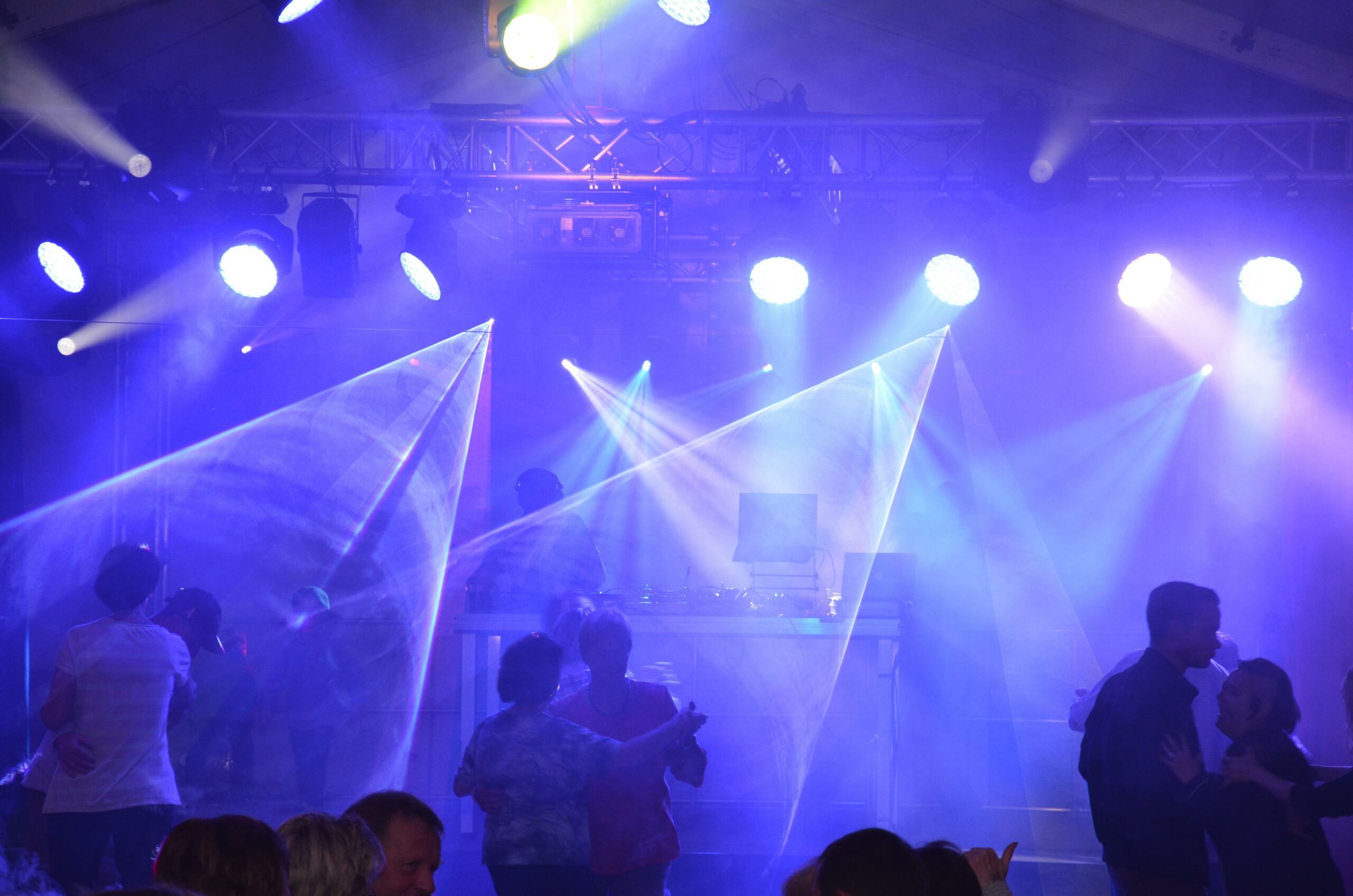
A Dutch student team of the TU Delft is working on a high-speed sensor that can alert you if someone has put the narcotic GHB in your drink. GHB, or 4-hydroxybutanoic acid, is also known as a rape drug. Because the drug disappears from your body within 3 hours, it is difficult to prove that someone tried to drug you.
In addition, the narcotic effects of GHB are very similar to those of alcohol, making it difficult to distinguish between alcohol poisoning and drugging solely based on symptoms. For these two reasons, evidence of an incident in which someone was drugged with GHB can almost never be provided. The iGEM student team is therefore working on a reliable, rapid detection method for GHB with their project SPYKE, writes the TU Delft in a press release.
Light alerts
The aim of the students is to develop a sensor that the user can put in any glass. The moment GHB enters the drink, a light in their glass turns on to alert the user. “In this way, we hope to protect the user from being drugged and to be able to give them the evidence with which they can report it,” says team member Rebecca Jekel. In addition, the team is working with the police, club and bar owners, prosecutors, drugging victims and health institutions to create a product that meets everyone’s requirements.
Selected for you!
Innovation Origins is the European platform for innovation news. In addition to the many reports from our own editors in 15 European countries, we select the most important press releases from reliable sources. This way you can stay up to date on what is happening in the world of innovation. Are you or do you know an organization that should not be missing from our list of selected sources? Then report to our editorial team.
